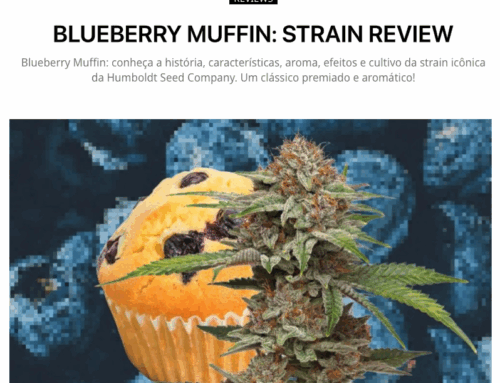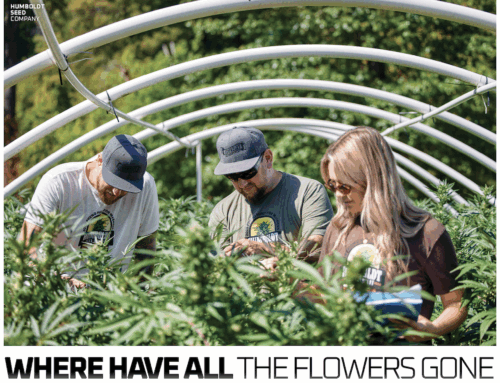5 Predictions for Craft Cannabis in 2021
As the Founder and CEO of Humboldt Seed Company, I have been breeding cannabis for more than 20 years. I’ve seen many trends in the craft cannabis space. Here’s what I see on the harvest horizon.
1. Terpenes will have their day in the sun
Terpenes, flavonoids, and esters are huge drivers of the effect cannabis have on consumers. Consumers are just now starting to become aware of this on a larger scale. Currently, most brands are not displaying terpene levels. Still, as the information gets out there and people realize that terpenes are such an essential determining piece of the puzzle as far as the experience goes, consumers will demand this information on the packaging just like we see ingredients and nutritional information displayed on food packaging.
Only a small number of elite labs currently test for these lesser-known constituents in cannabis products. This will change as science catches up and as consumers continue to become more educated.
Terpene profiles will become a way for companies to differentiate themselves. Having Sesquiterpenes listed on your packaging is going to be an advantage. Sesquiterpenes are long-lasting, and their aromatic qualities can outlast the long chain of custody in the cannabis distribution chain, so by the time the product gets to the consumer, it will still have that aromatic allure people want. In California and in most states, consumers cannot smell the cannabis they are considering, so this could be a real selling point.
2. OG Kush will end its undisputed run
We are starting to see a recognizable decrease in demand for OG Kush. The dominance of this single strain has been robust for the last ten to fifteen years, primarily due to its complex aroma with notes of skunk and spice and its THC composition in the 20 to 25 percent range. The diversity of what is available on the market is multiplying, and breeders are getting more creative. This trend will lead to more popular varieties in each potency category, as one type will no longer dominate that niche. Consumers will have more and more choices in all categories.
3. Market differentiation will become a reality
Everyone knows the difference between craft beer and Budweiser. Still, the distinction between craft cannabis and mass-market cannabis has not been clear or easy to spot for the average consumer. This fact is mainly due to the newness of the industry. We will see a differentiation of the market in the next year, where the big cannabis brand that is everywhere will be on the radar of the conscious consumer, and it will be more clear which companies belong to the mass market category.
4. Consumer savviness will reach an all-time high
When a state first goes legal, consumers are just happy to buy cannabis, any cannabis legally. After some time passes, consumers become more educated and more demanding. They start to think about the fact that they may be buying organic produce but that they have no idea what is on or in their cannabis products. In older, more well-developed recreational markets like California, we will see the upcoming organic equivalent certification from the state to pass along with Appalachian designations. Increasingly in these more developed, more mature recreational markets, a large segment of consumers want to not only know what’s in their products, but they are interested in where they come from and who produced them. Much like in the wine industry, the story behind the brand will hopefully be front and center, especially for the craft and niche producers.
5. The low-THC market will grow
We are beginning to hear from a growing demographic that wants low-to-moderate THC options reminiscent of the cannabis they may have been accustomed to in their younger days. This shifting demographic will lead to the maturation of the low THC market, with a new segment of the market being created and expanding. This product category will also hold its value into the future as the buyers here generally have strong purchasing power.







